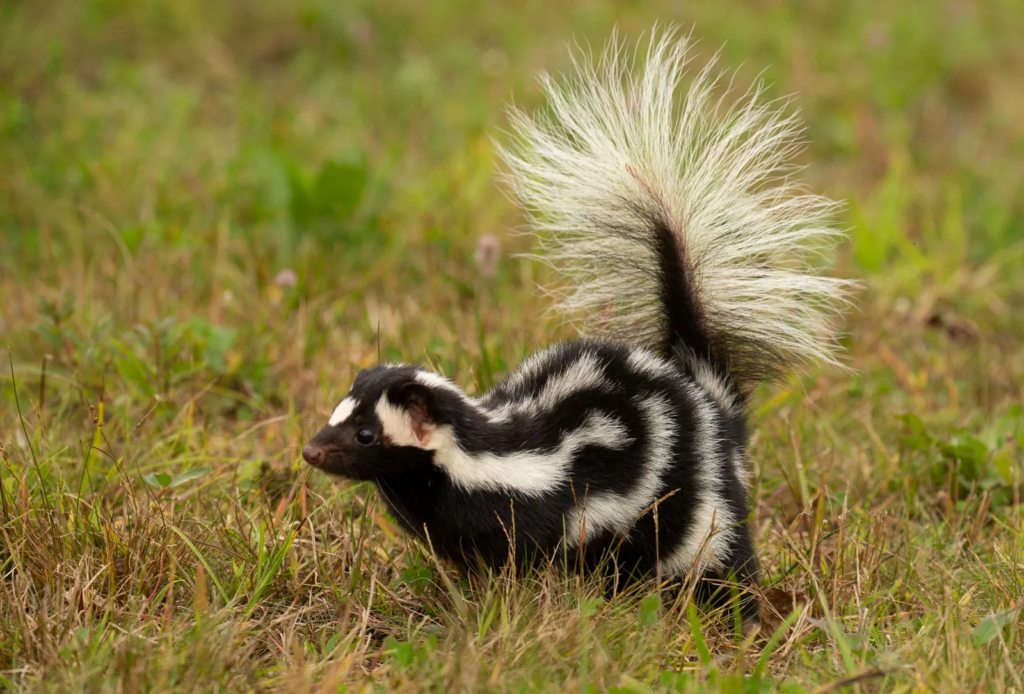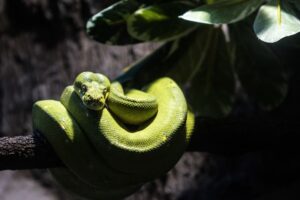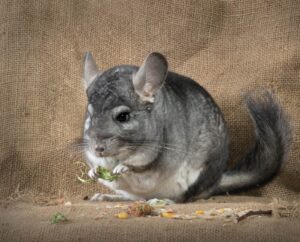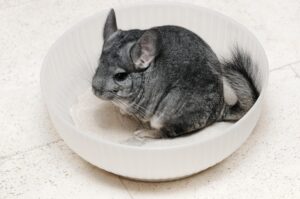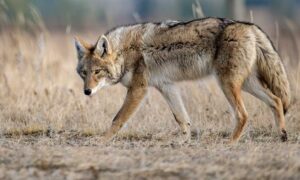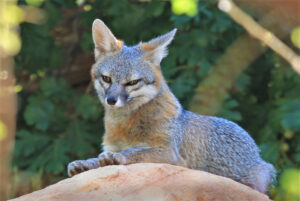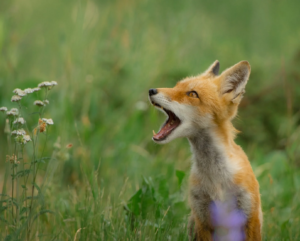Table of Contents
ToggleIntroduction
The characteristic black and white coloring and strong spray that act as a natural defense mechanism of skunks are well known. These small mammals are well-known for their nocturnal habits and capacity for food foraging. They are frequently linked to unpleasant interactions. But one common challenge about skunk living arrangements is: Do skunks dig burrows? We will delve into the fascinating world of skunks and their burrowing tendencies in this thorough examination of skunk behavior and habits.
The Skunk Species
Before delving into the burrowing habits of skunks, it’s essential to understand the different species. Skunks belong to the family Mephitidae, primarily found in the Americas. There are several species of skunks, but the most well-known and widespread is the striped skunk (Mephitis mephitis). The striped skunk is primarily recognizable by its characteristic black and white stripes running down its back and tail.
Other species of skunks include the spotted skunk (Spilogale spp.), the hooded skunk (Mephitis macroura), and the hog-nosed skunk (Conepatus spp.), among others. These species exhibit different behaviors and habits, but they share certain common characteristics, including their ability to produce foul-smelling spray as a defense mechanism.
Skunk Behavior And Habitat
Skunks are primarily nocturnal creatures, meaning they are most active at night. This nocturnal behavior helps them avoid predators and minimize interactions with other wildlife. Skunks are omnivorous and have a varied diet, which may include insects, small mammals, fruits, vegetables, and even carrion. Their keen sense of smell and hearing aids them in locating food sources during their nightly foraging expeditions.
In terms of habitat, skunks are versatile animals and can be found in a number of settings, from forests and grasslands to suburban subdivisions. They are well-known for their harmony with humans and may usually be found in or near man-made structures. Skunks are opportunistic when choosing their homes, and their choice of shelter can vary widely.
Burrowing Habits Of Skunks
Skunks are indeed known for their burrowing habits, and this is especially true for certain species like the striped skunk. While not all skunks create burrows, many of them do, and these burrows serve various purposes, including shelter, protection, and raising their young. Here are some key points to consider regarding the burrowing habits of skunks:
Shelter and Resting Places: Skunks often dig burrows to create sheltered resting places. These burrows provide a safe and secure location where skunks can escape from predators and extreme weather conditions. Skunk burrows are typically located underground, offering a degree of insulation from temperature fluctuations.
Raising Offspring: Female skunks, or sows, dig burrows to give birth and raise their young. These caves, known as maternity dens, provide a protected environment for the vulnerable kits. Maternity dens are typically chosen for their safety and security, ensuring the young skunks have the best chance of survival.
Multiple Entry and Exit Points: Skunk burrows often have numerous entry and exit points. This feature allows skunks to escape potential threats or predators easily. The ability to flee from danger quickly is a crucial survival strategy for these relatively small mammals.
Reuse and Maintenance: Skunks may reuse burrows from previous occupants, such as groundhogs or other small mammals. They may also create new burrows or expand existing ones as needed. Maintaining their burrows is essential for skunks’ overall well-being, and they often carry out repairs to ensure the burrow remains structurally sound.
How Skunks Dig Their Holes
Burrow Location: Skunks have a reputation for ingenuity when it comes to picking out burrow sites. They may dig burrows under buildings, in wooded areas, open fields, or even beneath logs and rock piles. Their ability to adapt enables them to flourish in a variety of settings.
Size and Complexity: Skunk burrows can range in size and complexity. Some are relatively simple, consisting of a single tunnel leading to a nesting chamber. Others can be more intricate, with multiple chambers for sleeping, raising young, and storing food.
Seasonal Use: Skunks may not use their burrows year-round. During the breeding season, skunks are more active than usual, and the females often use their burrows to give birth and raise their young.
Predation and Competition: Skunk burrows can be vulnerable to predation by other wildlife, such as foxes, owls, and coyotes. Additionally, skunks may face competition for burrow sites from animals like raccoons and opossums.
The Digging Method
Skunks dig burrows using their strong, well-adapted front claws and sharp teeth. Skilled diggers, leave a small entrance hole and a tunnel leading to the den region of their burrows. For added safety, these caverns are typically concealed by logs, boulders, or plants.
Skunks prefer to dig their burrows in well-drained soils, as they help prevent flooding during heavy rain. The caves are usually large enough to accommodate the skunk and its offspring. Maternity burrows for skunks have many chambers for the protection of the young.
Skunks are solitary animals, and each skunk typically has its burrow. However, in some cases, they may share a burrow during the mating season. Their territorial nature often results in the caves being located a fair distance from each other.
The Importance Of Skunk Burrows
Skunk burrows serve various vital functions in their lives and the ecosystem. Here are a few of the principal roles they perform:
Predator Avoidance: The primary function of skunk burrows is to protect them from predators. Skunks are relatively defenseless in open areas, so having a secure burrow to escape to is essential for their survival.
Reproduction and Kit Protection: Maternity burrows are crucial for successfully raising skunk offspring. By providing a safe and sheltered environment for their young, skunks increase the chances of their kits reaching adulthood.
Food Storage: Burrows used by skunks are used to store food for later consumption during times of scarcity.
Hibernation: Winter burrows are essential for the survival of skunks in colder regions. By hibernating in these well-insulated burrows, they conserve energy and protect themselves from freezing temperatures.
Conclusion
Skunks are fascinating animals, with various behaviors and adaptations contributing to their survival and success in the wild. The digging of caves is a vital aspect of their lives, serving multiple purposes such as shelter, protection, reproduction, and hibernation. By understanding the significance of skunk burrows, we can appreciate the role these creatures play in the ecosystem and work toward their conservation and protection. Skunks, with their distinctive characteristics and burrowing habits, remind us of the diverse and intricate web of life in the natural world.
